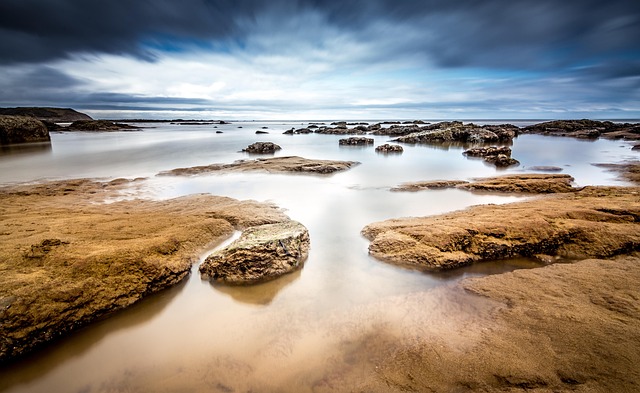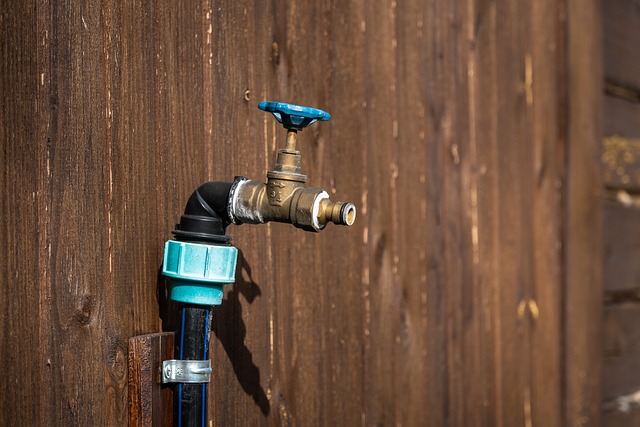Low water pressure issues stem from causes like mineral buildup, leaks, or outdated plumbing. Solutions range from cleaning routines and repair work to replacing old appliances like water heaters. Homeowners can opt for pressure boosters or tankless heaters as fixes tailored to their needs. Identifying root causes through checks for leaks, blockages, and corrosion is key before implementing strategies like repairing pipes, clearing buildup, or consulting a plumber for severe cases.
Struggling with weak and inconsistent water pressure in your home? You’re not alone. Many homes experience low water pressure, but there are natural ways to boost it without breaking the bank. This article guides you through identifying common causes, exploring simple plumbing upgrades, and implementing effective strategies to enhance water pressure. Discover how to turn that tedious problem into a manageable fix with these practical tips.
- Identify Common Causes of Low Water Pressure
- Explore Simple Plumbing Upgrades for Better Flow
- Implement Effective Strategies to Enhance Water Pressure
Identify Common Causes of Low Water Pressure

Low water pressure is a common household issue that can be frustrating and impact your daily routines. Before diving into potential fixes, it’s crucial to understand the root causes behind this problem. Several factors contribute to low water pressure, ranging from simple obstructions to more complex issues within your plumbing system.
Identifying the source of the problem is key to an effective low water pressure fix. Common culprits include mineral buildup or calcium deposits in pipes and fixtures, especially in hard water areas. Over time, these deposits can narrow the spaces through which water flows, reducing pressure. Leaks in pipes or faulty valves can also cause significant drops in pressure. Additionally, an outdated or poorly maintained water heater might not be able to keep up with demand, resulting in lower hot water flow and pressure. Home remedies for low water pressure often involve addressing these specific issues, such as regular cleaning and maintenance routines to prevent mineral buildup and repair leaks promptly. Comparing different solutions, like a water pressure booster versus a tankless water heater, can help homeowners make informed decisions based on their unique needs and preferences.
Explore Simple Plumbing Upgrades for Better Flow

Many homes experience low water pressure issues, often stemming from simple problems within the plumbing system. Exploring some basic upgrades can significantly improve water flow and fix that pesky low water pressure fix. One common solution involves checking and replacing aerators on faucets and showerheads, as these devices can reduce water speed without affecting pressure.
Additionally, examining supply lines for any leaks or blockages is crucial. Even a small leak can lead to noticeable pressure drops throughout the entire house. Replacing old or corroded pipes might be necessary, but more often than not, simple repairs or clearing mineral deposits from aerators and filters can do the trick. For more intensive solutions, water pressure booster systems offer an effective alternative to tankless water heaters, enhancing pressure without compromising hot water availability.
Implement Effective Strategies to Enhance Water Pressure

Implementing effective strategies to enhance water pressure starts with identifying the root cause of the issue. If your fixtures or appliances are experiencing low water pressure, it could be due to problems within the pipes themselves. Repairing broken water pipes is a common low water pressure fix that can significantly improve flow rates. Check for leaks and corrosion in your plumbing system; these issues can restrict water flow and lead to reduced pressure throughout your household.
Regular maintenance, such as clearing mineral deposits from fixtures and aerators, can also help. Additionally, if the problem persists, consider upgrading your water heater or checking the pressure regulator settings. In some cases, a simple adjustment of these settings can restore adequate water pressure. However, for more complex issues like severe pipe damage or an outdated plumbing system, it’s advisable to call a plumber for expert assistance in repairing low water pressure in pipes.
Low water pressure can be a frustrating issue, but with some simple and natural solutions, you can significantly improve your household’s water flow. By identifying common causes, making plumbing upgrades, and implementing effective strategies outlined in this article, you’ll not only address the problem effectively but also promote a more sustainable approach to enhancing water pressure. Remember, a little knowledge and some easy steps can go a long way in transforming your daily routine and ensuring a robust water supply for years to come.
